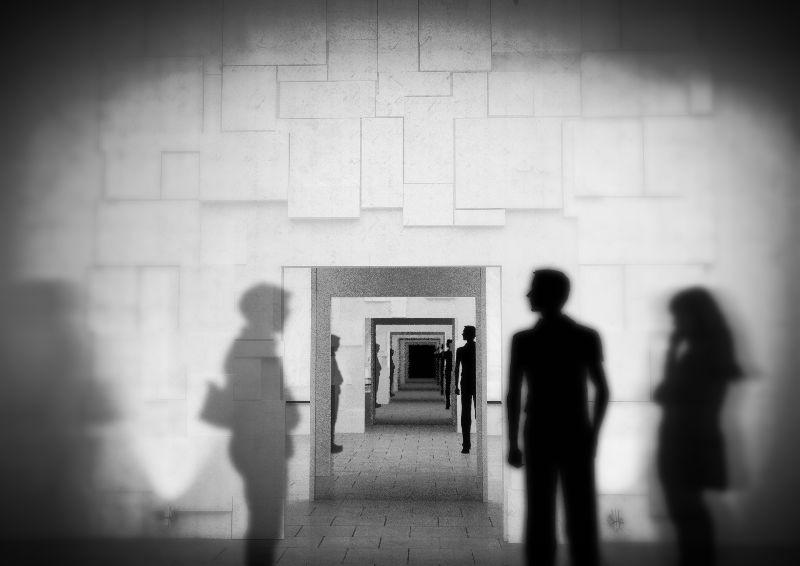EHABGHALI
ARCHITECTURE




EHABGHALI
ARCHITECTURE
A Dream Within A Dream
"Throw your dreams into space like a kite, and you do not know what it will bring back, a new life, a new friend, a new love, a new country" - Anais Nin.
We suggest that modernity is the direct result of an internal dream that is shaped by external political and socio-economic dynamics. It starts with a dream and the inception of an idea, and ends with an outcome blurred by external drivers.
Our project will take you on a journey of dreams over the last 100 years and illustrate the architectural modernity of that time. We'll travel through Dream Space 1 (The first 50 years), Dream Space 2 (The last 50 years), and what we call Transverse Space (The Limbo). Hypothetically, the deeper you travel through dreams the closer you get to a limbo space. In our journey though, you don't end in the limbo space, you start in it. It represents the ongoing dream, but demonstrates how external factors change the way we express those dreams and its affect on architecture.
The graffiti on the block wall can be paralleled to the hieroglyphics on the pyramids. The Pharaohs wrote an encoded language with the dream of maintaining power and control. The "revolutionists" wrote graffiti on a block wall with the dream of inspiring freedom and democracy. They are opposing ideologies, yet both were in pursuit of achieving a dream. In either situation, the architectural modernity was overpowered by the sociological and political modernity. To the graffiti writers, these buildings are now a canvas to express those dreams. In their eyes today, this is architectural modernity. Our limbo space is a manifestation of how we got to this point, a gate that bridges our history and future through one common denominator....dreams.
In our Dream Spaces, we showcase 100 projects by 20 of the best architects in Egypt, who ironically were almost all unfamiliar to us. We project an interactive account of these projects while framing them as frozen moments in time. We extracted the projects on a mission to unravel the stories behind the designs. The first 50 years seemed to maintain progressive and evolving local characteristics. The second 50 years seemed to be waning away from that, and in some cases rejecting the new theories and approaches that would accommodate the needs of our communities. However as we discovered and want to showcase with these projects , there were also many who embraced new ideas and made great contributions.
Before examining these projects, we thought modernity had a rigid and defined meaning characterized by specific attributes. After examining them, we now see modernity as a whole by-product stemming from a genuine inspiration influenced by external factors and a society's willingness at a specific time to absorb it as modernity.
Project Team: Ehab Ghali, Hassan Ismail, Hitham Amin, Marwa Ibrahim
Special Thanks: Alexander Sexsmith